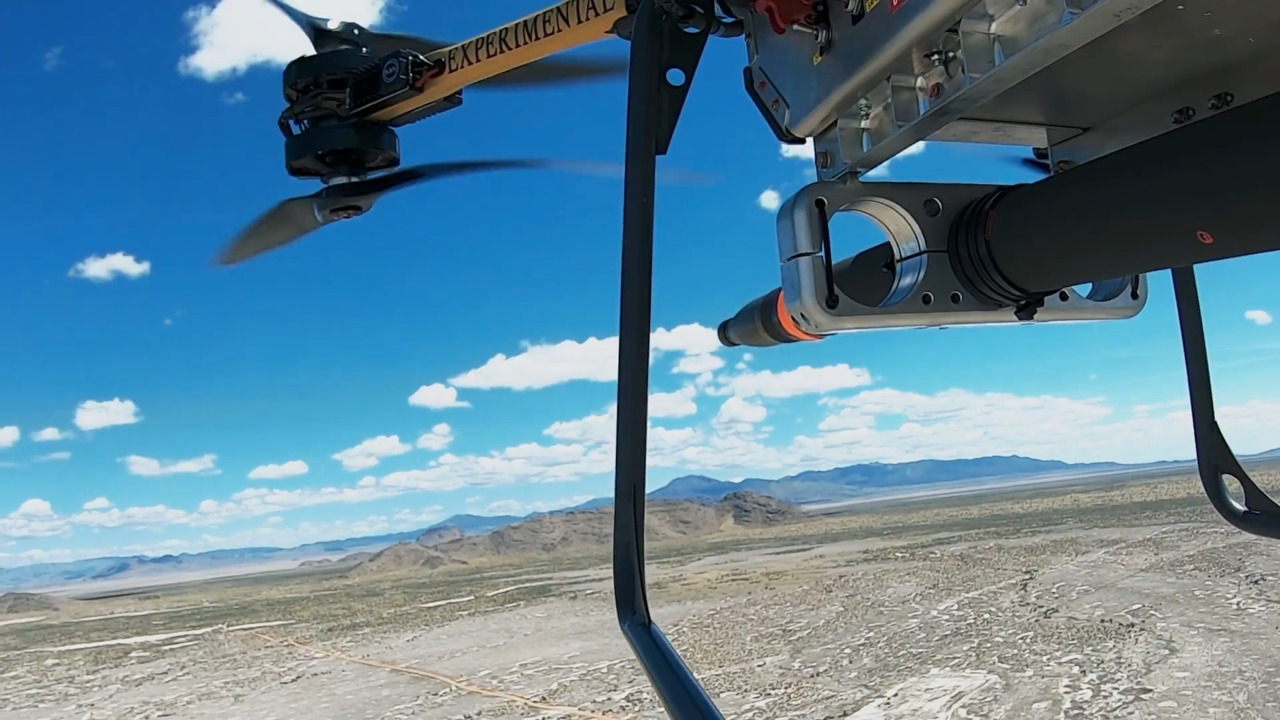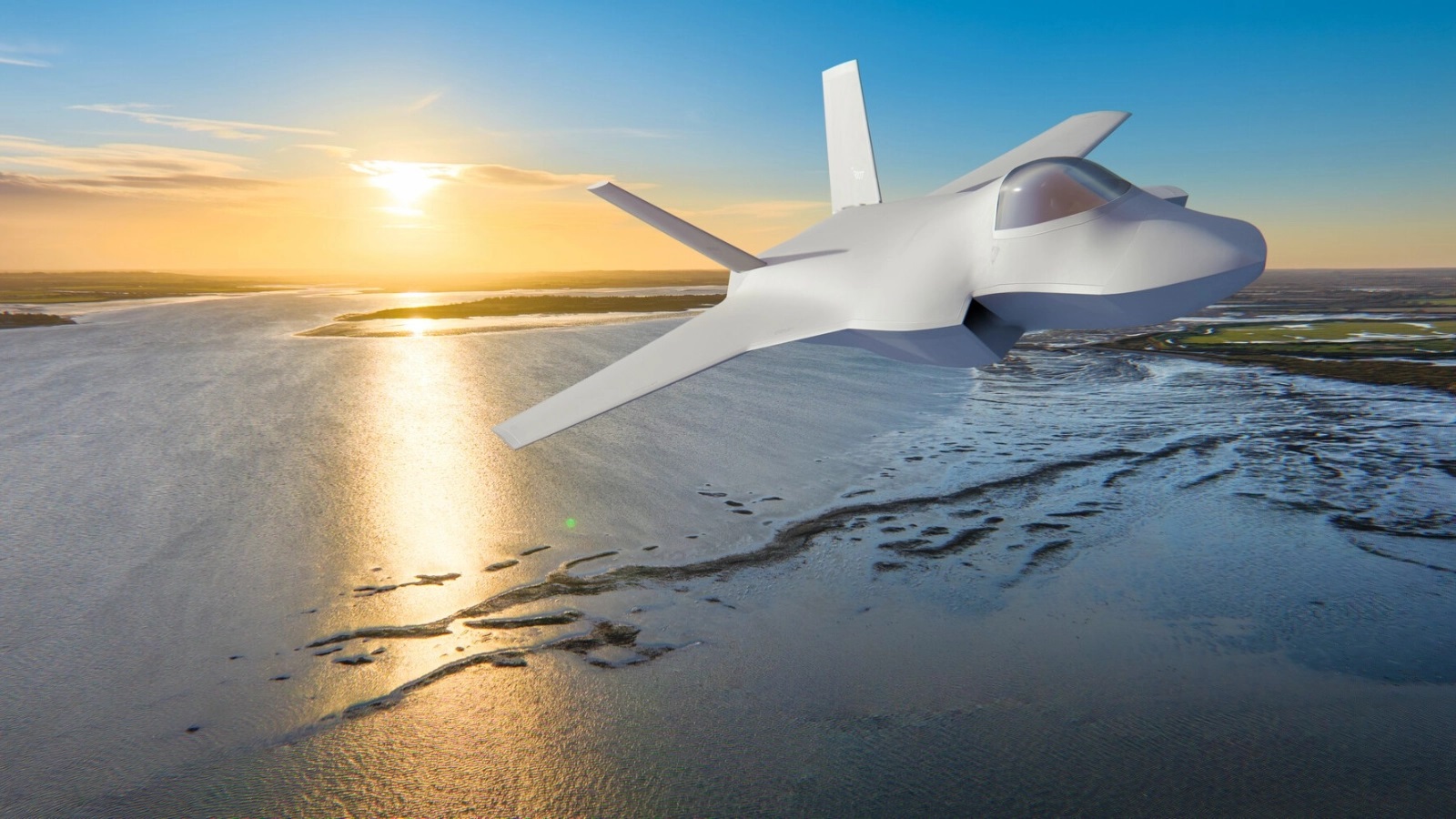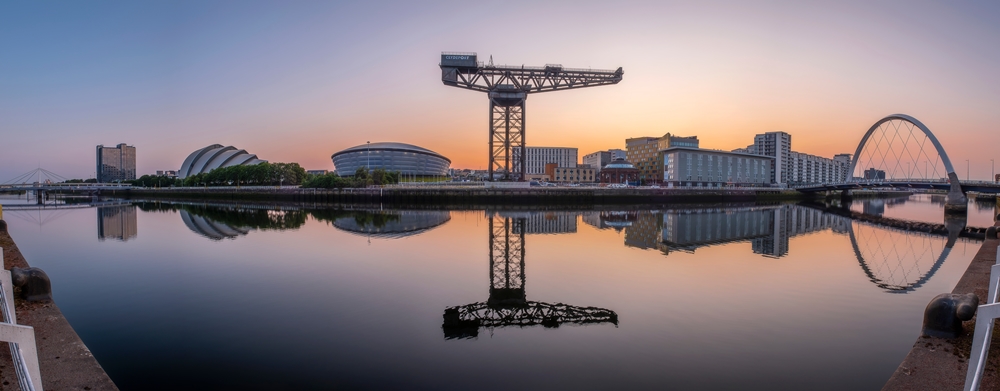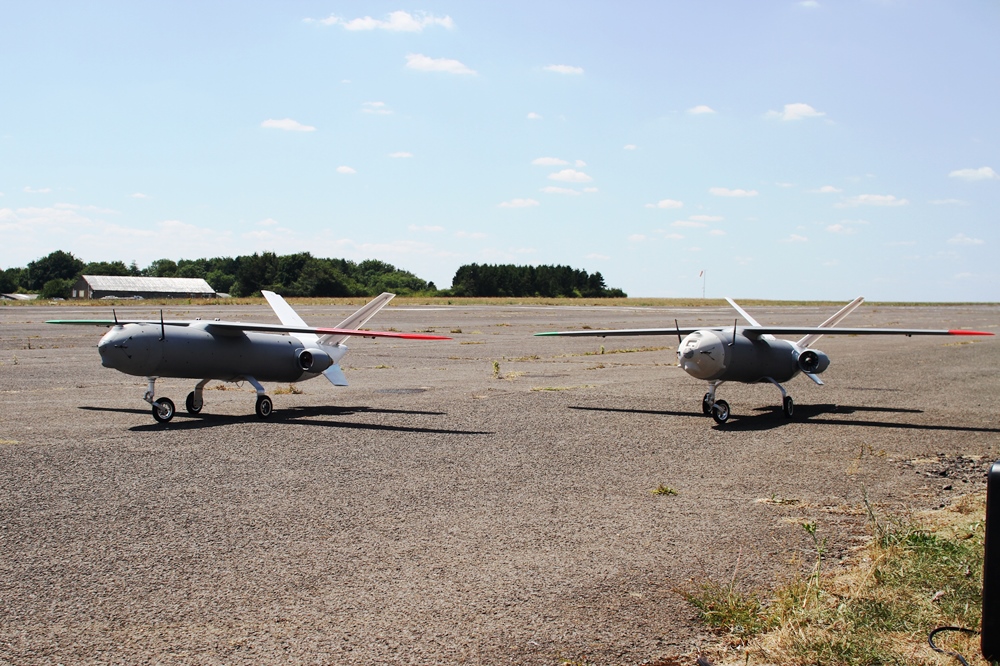Royal Navy welcomes fifth Type 45 destroyer

Above:
HMS Defender.
Courtesy Royal Navy
Hundreds of guests including families of the 190 ship’s company will attend tomorrow's colourful ‘Christening’ ceremony at Portsmouth Naval Base to mark the ship’s transition into front-line service.
Principal guests include Lady Julie Massey - the ship’s sponsor who launched the vessel at BAE Systems’ Govan shipyard on the River Clyde on 21 October 2009 - and Vice Admiral Philip Jones, Fleet Commander Royal Navy.
The ceremony will be conducted by the Venerable Scott Brown, Chaplain of the Fleet.
Another guest will be Captain Michael Rawlinson who was the last Commanding Officer of the previous HMS Defender between August 1968 and September 1969. Representatives from the ship’s affiliate cities of Exeter and Glasgow will also attend.
Commander Phillip Nash, Defender’s current Commanding Officer, said the event was a proud moment for all personnel serving in the ship: “The commissioning of HMS Defender is a hugely significant day in this state of the art warship’s life – it marks the point at which building and testing the ship finishes and frontline service in the fleet begins.
“It is also important to recognise that for the 190 women and men that make up my ship’s company this day of commissioning represents the culmination of months and years of hard work of training, trials and practice focussed on ensuring that Defender is ready to undertake operations around the world whenever tasked.
"We are extremely proud of our achievement and would like to thank our partners in British shipbuilding industries for their assistance in reaching this goal.”
Commander Nash will read a Commissioning Warrant during the hour-long ceremony which will be rounded off in traditional Royal Navy fashion with the cutting of a commissioning cake.
Performing the honour will be the CO’s wife, Rebecca along with the youngest member of the ship’s company -Engineering Technician (Marine Engineer) Stephen Smith - who serves on the ship alongside his older sister Able Seaman (Logistics) Samantha Smith.
The Type 45 Destroyer is the largest and most powerful destroyer ever built for the Royal Navy and provides UK defence with a world class military capability.
Yesterday, Duncan, the sixth and final Type 45 destroyer built by BAE Systems, set sail from the Clyde in preparation for her handover to the UK Royal Navy.

Above:
Employees wave off HMS Duncan on her delivery voyage from the Clyde.
Courtesy BAE Systems
Duncan set off from the company’s Scotstoun yard with a combined BAE Systems and Royal Navy crew for the 600 mile journey to her new home port of Portsmouth. The departure of Duncan was delayed due to a technical issue and the BAE Systems team has worked tirelessly with the Ministry of Defence to complete repairs over the weekend. The team will now actively work to complete the delivery programme in record time ahead of formal handover to the Royal Navy on arrival at Portsmouth.
Jennifer Osbaldestin, Type 45 programme director at BAE Systems, said: “Duncan is an outstanding vessel and we are all extremely proud to see her begin her delivery voyage to Portsmouth. After a very successful build period she will now become the newest asset in the fleet. When the White Ensign is raised, she will be formally handed over to the Royal Navy and will join her sister ships, completing the class of highly capable and advanced Type 45 destroyers.
“Today’s achievement is the culmination 13 years’ of hard work and commitment from our employees across the UK, who have worked together with the Royal Navy to deliver the six cutting-edge destroyers. From our engineering team in Filton, to the bows, masts, combat systems and radar technology developed in the Portsmouth area and manufacture, systems integration testing and commissioning of the complete ships on the Clyde.”
Duncan's Commanding Officer, James Stride, said: “HMS Duncan is a fantastic ship, offering a world-class air defence capability, and as we leave the Clyde I can reflect on the hard work from everyone involved in the build programme to get us to this significant moment. My team of Royal Navy personnel are all very keen to take full custody of the ship once she gets into Portsmouth and starts her training and trials prior to deploying around the globe, protecting our nation's interests.”
Working alongside the Royal Navy at Portsmouth Naval Base, BAE Systems also provides in-service support to all of the Type 45 destroyers, with the company’s engineers coordinating all aspects of repair, maintenance and support to improve ship availability and reduce through life support costs.
The Type 45s will provide the backbone of the UK’s naval air defences for the next 30 years and beyond. The destroyers are capable of carrying out a wide range of operations, including anti-piracy and anti-smuggling activities, disaster relief work and surveillance operations as well as high intensity war fighting.
Each destroyer can engage a large number of targets simultaneously, and defend aircraft carriers or groups of ships, such as an amphibious landing force, against the strongest future threats from the air. The vessels will contribute a specialist air warfare capability to worldwide maritime and joint operations.











